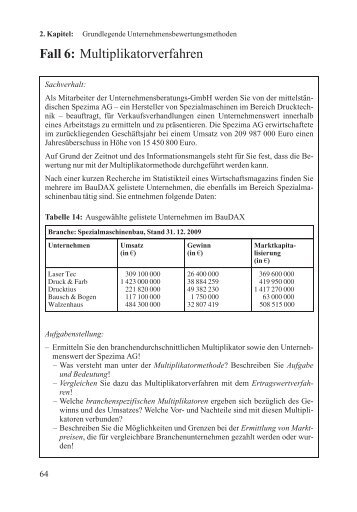

and 2: Working Paper Series Kimball’s Pr. Based on this historical return data, for all 45 funds f and the DAX 100 unbiased estimators for the relevant moments of one-monthly returns are calculated and listed in Table 4. We use the DAX 100 as a broadly diversified reference portfolio P. The riskless interest rate r0 can be approximated by the expected return of German time deposit running for one month and covering the respective period of time to be observed. We assume that all earnings paid out to the investors by a fund f are reinvested in this fund. Empirical example In order to ensure comparability with the results of Breuer/Gürtler (2005) we follow their steps of analysis by considering (post tax) return data for 45 mutual funds investing in German equity shares 17 over a period from July 1996 to August 1999 which are calculated on the basis of the development of the respective monthly repurchase prices per share. With the findings of Sections III and IV, we now turn to the empirical investigation of the relevance of skewness preferences for fund rankings and the importance of the distinction between the endogenous case and the exogenous one. Optimized cubic performance measure of Breuer/Gürtler (2006) does not generally exist, as the latter performance measure is only based on cubic HARA utility. 16 See Appendix 8 for a proof of this statement. 15 See Appendix 7 for a proof of this statement. 16 It should be noted that such a relationship between (T10) and the 14 See Appendix 6 for a proof of this statement. Moreover, in the case of pure mean-variance preferences (ω → ∞), the best fund according to the optimized quadratic Sharpe measure as discussed, for example, in Breuer/Gürtler (1999) is always also the best one as well according to (T10) of Table 3 for arbitrary desired overall expected excess return u +. Then, in the endogenous case, each fund f will be evaluated according to the performance measure ately from (T1) of Table 3 if one replaces ˆx P with (end) cIM f of Table 3. Let therefore x stand for the optimal investment in reference ( f )* P portfolio P when combining this portfolio with the riskless asset and fund f, and define opti- mal fractions (f )* x 0 and (f )* x f, analogously. The endogenous case In the endogenous case, for any given fund f the investor optimizes all three relative portions x0, xf, and xP, simultaneously. 15 We thus once again have been able to generalize our findings. Actually, this cubic Treynor measure of Breuer/Gürtler (2006) is a special case of the performance measure (T8) of this paper. In fact, the limiting case ˆx + P → u /uP has also been analyzed in Breuer/Gürtler (2006) as a possible border solution for the endogenous case with HARA utility and has also led to the derivation of some kind of cubic Treynor measure, because for the special case of mean-variance preferences this cubic measure collapses to the (negative inverse of the) quadratic Treynor measure. For this, we get the special per- formance measure according to case 2 d) of Table 3. 
For such a situation, portfolio Q(f) just converges to the sole holding of the riskless asset and we thus arrive at a situation with u Q(x ˆ P) 0 + + → (i.e.

Now consider the second limiting case described by (exg)* y f =ε with ε > 0, but small. 14 Obviously, the performance submeasures according to (T6) thus offer new opportunities for straightforward performance assessments not at hand before.

Only in situations with γg > 0 and γh > 0 it is possible to always derive a greater cubic Sharpe measure “1” for a fund g in comparison with a fund h exhibiting both a greater quadratic Sharpe measure as well as a smaller cu- bic Sharpe measure “2”). Imply that fund rankings are only (positively) depending on the quadratic Sharpe measure qSMf and the cubic Sharpe measure (1) cSM f of type 1.








 0 kommentar(er)
0 kommentar(er)
